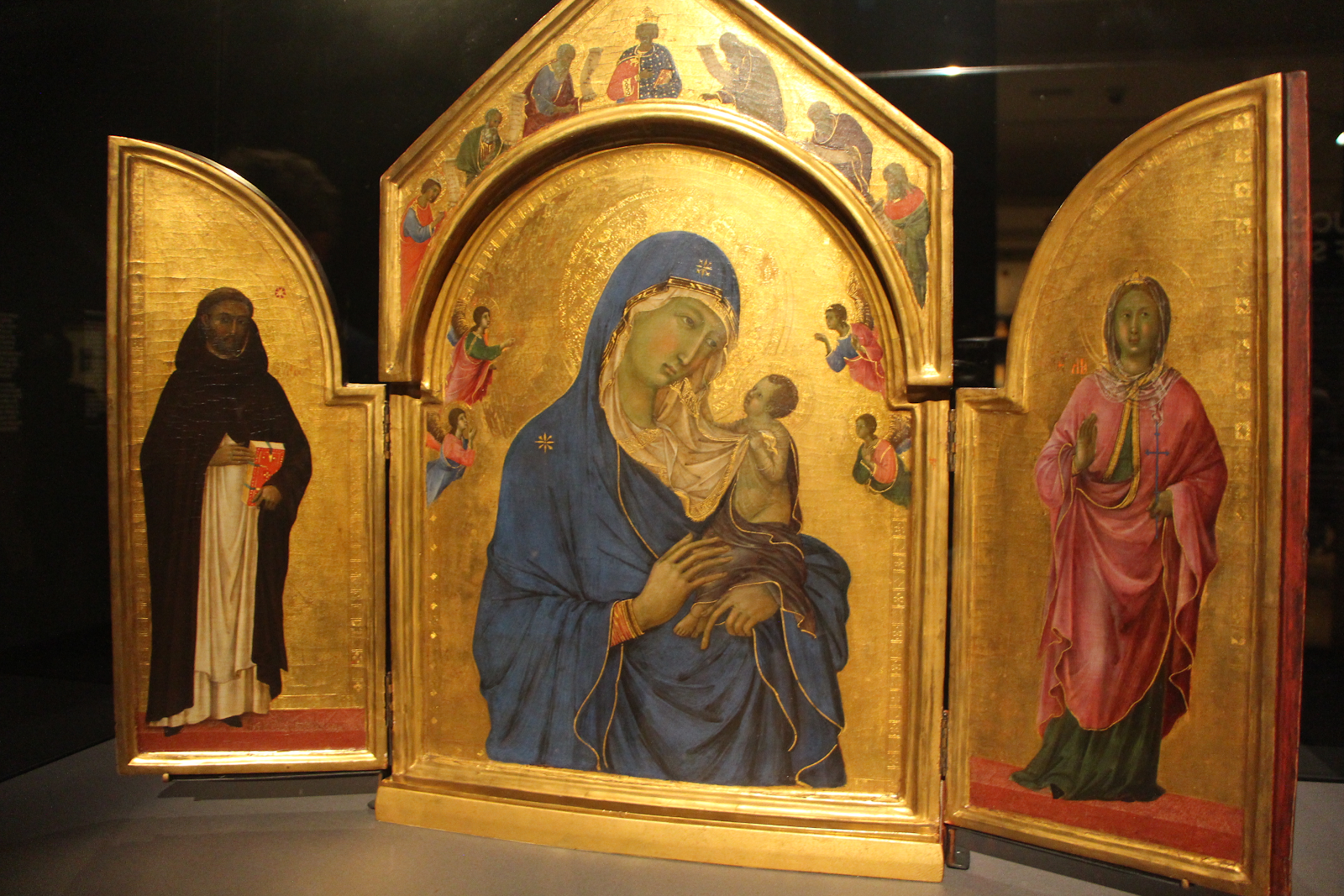In a blog post from 2013, Himadri (Argumentative Old Git) wrote:
“It is demonstrable that people who have grown up in very different cultures tend to hold very different values, and think very different thoughts: we are all inevitably products of the societies in which we grow up.
[…] And yet, we can and do respond, often very deeply, to works written in past times, when the values of society were very, very different from those we currently adhere to; we do respond to contemporary books written in countries with very different cultures. So how can this be possible? We tend to claim that these books still “relevant”, and they are “relevant” because, underneath it all, human nature remains the same; but unless we can specify clearly what we mean by “underneath it all”, I don’t know this is a very meaningful thing to say.
[…] So the question that should be our starting point is not so much “Can we respond to works created in times and cultures very different from our own?”, but, rather, “Given that changes over time, and differences across cultures, are by no means superficial, how can we account for the fact that we do respond, often very deeply, to works from other times and from other cultures?”.”
Under the comments, Tom (Wuthering Expectations) wrote:
“I am skeptical of timelessness. Talking about the survival of “Shakespeare” conceals a lot of messiness. How do we know that different audiences, scattered through time and space, found the same aspects of King Lear valuable? Perhaps it is not the universality of a work of art that is important but its complexity. Since everyone, or every time, or every culture, is responding to something different in a work, the more meaningfully complex the work, the more likely it is to have something for everyone.”
In the English-speaking world, I think the consensus is that Shakespeare’s greatest plays are King Lear, Hamlet, Macbeth, Othello, Twelfth Night—at least that’s my impression—and the most performed plays are A Midsummer Night’s Dream, Hamlet, Romeo and Juliet, Macbeth, and Twelfth Night (now for this I do have evidence). In Vietnam, Shakespeare is mostly associated with Romeo and Juliet and Hamlet. In East Africa, I have no statistics but the plays most mentioned in Shakespeare in Swahililand are Richard II, Julius Caesar, The Merchant of Venice. But you know what, I want statistics about which plays are most popular in each country, and I want the lists of the plays most performed vs the plays most written about.
Anyway, to go back to the main point, Edward Wilson-Lee writes:
“What, then, might be the nature of this universalism, this peculiar quality that repeatedly drew readers to his works? Part of this, of course, has to do with the breadth of Shakespeare’s canon and the relentless unmoralizing tone that can be found across his works, meaning that everyone can, to an extent, find their own Shakespeare. Stanley, Steere, Blixen, Farah, Nyerere and Tsegaye all turned to different plays or read the same plays in markedly different ways, in pursuit of a particular Shakespearean voice that spoke to them. This might be said to constitute a very weak form of universalism – a universalism born not of a shared and distinct experience but of mutual contemplation of something so vast and varied as to accommodate every point of view.” (ch.9)
There is a Shakespeare for everybody: some people (like me) prefer the tragedies, some prefer the comedies, some prefer the histories or more political plays. I have always said that Shakespeare appeals to so many people, and such different people, because the plays themselves depict such a vast range of characters and present such a wide variety of views—it is because Shakespeare cannot be pinned down that readers and theatregoers keep getting drawn to his works.
Edward Wilson-Lee also says:
“For Auerbach, Shakespeare represents a pivotal moment in the history of the ‘mixed style,’ which adamantly refuses to separate the comic from the tragic, the everyday things of life from the sublime events by which we define our existence. […] Shakespeare seems a semi-divine ‘creator of man,’ as Pushkin and Haile Selassie suggested, because his writings never turn aside from the messy mixture of life; and in seeming like life itself, his works open themselves to as varied a reaction as life does.” (ibid.)
There is always something comic in the tragedies, even in the darkest plays like King Lear, Timon of Athens, or Troilus and Cressida. There is always something dark in the comedies, even in the lightest plays like A Midsummer Night’s Dream, As You Like It, or A Comedy of Errors. And to this day, I still don’t know how Shakespeare achieves what he does at the end of Antony and Cleopatra: how the shallow, self-centred, tempestuous, theatrical, manipulative Cleopatra is turned into a quasi-mythological being in the final Act of the play.





